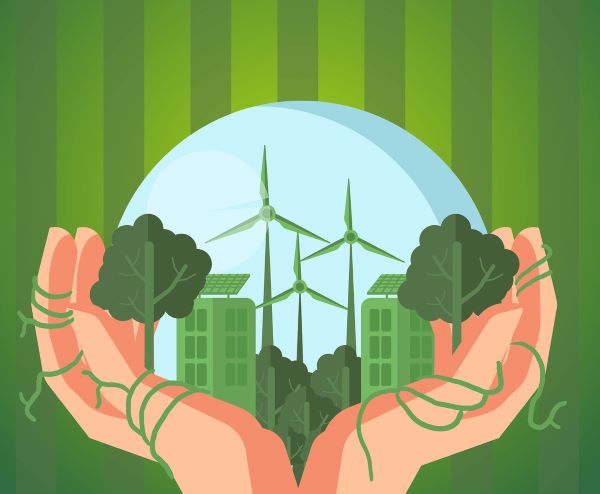The Middle East and North Africa (MENA) region is making remarkable strides in solar energy, poised to reach 40 GW of solar capacity in 2024 and projecting 180 GW by 2030, according to the 2024 (MESIA) Middle East Solar Industry Association Solar Outlook Report and its Green Hydrogen Report (in collaboration with Solarabic). It says that despite this progress, fossil fuels continue to dominate the region’s energy landscape, with solar power contributing a mere 2%.
Leading the charge in solar deployment are countries like Saudi Arabia, Turkey, Egypt, the United Arab Emirates, Oman, and Morocco. Competitive solar auctions and the implementation of gigawatt-scale projects have been instrumental in driving this growth. However, the pace of expansion falls short of significantly reducing dependence on fossil fuels.
One of the key insights from the MESIA report is the necessity of adopting a balanced approach to energy deployment. While utility-scale projects are pivotal, there is a pressing need to bolster support for distributed energy initiatives to ensure equitable and sustainable development across the region.
The MENA region boasts abundant solar irradiance levels, exceeding 2,000 kWh per square meter per hour on average, offering immense potential for further solar growth. The report suggests that with aggressive pursuit of renewable technologies, the region could potentially supply up to 40% of the world’s energy needs by 2050. Moreover, its strategic geographical location presents opportunities for exporting solar energy to neighboring markets via green hydrogen or electricity interconnectors.
Despite these opportunities, challenges persist, particularly in the distributed energy sector within the Gulf region. Denisa Fainis, General Secretary of MESIA, underscores the importance of achieving ambitious solar targets while ensuring inclusivity and sustainability.
While significant progress has been made in solar deployment across the MENA region, concerted efforts are required to accelerate this transition towards a more sustainable energy future. Balancing utility-scale projects with distributed energy initiatives will be essential in achieving inclusive and environmentally conscious development.


